Patient Tracking and Reunification Simplified.
Tracking patient movement during a crisis is challenging. But when you can track a package to your front door, why not use an equally effective patient movement system to keep track of patients?
Pulsara works with barcode wristband IDs that can stay with patients throughout their care journey, from first medical contact to discharge. Every provider who cares for the patient along the way uses Pulsara to scan the wristband and join the patient’s Pulsara channel. Everyone has access to the same ongoing set of information and can update it in real time. Each new member of the team can pick up where the last team member left off, without missing a beat.
Use Wristbands for:
Special Events
Mass Casualty Incidents
Everyday Cases
Pairing Pulsara with wristbands works best when used every day for every patient, as it helps providers build muscle memory. Fire and EMS can scan the band to create a new patient channel and begin adding information. Once patients arrive at the hospital, providers can use Pulsara to scan the wristband and see everything the EMS or the transferring hospital has already done. Labs, vitals, medications, timestamps—it’s all right there in the patient channel.
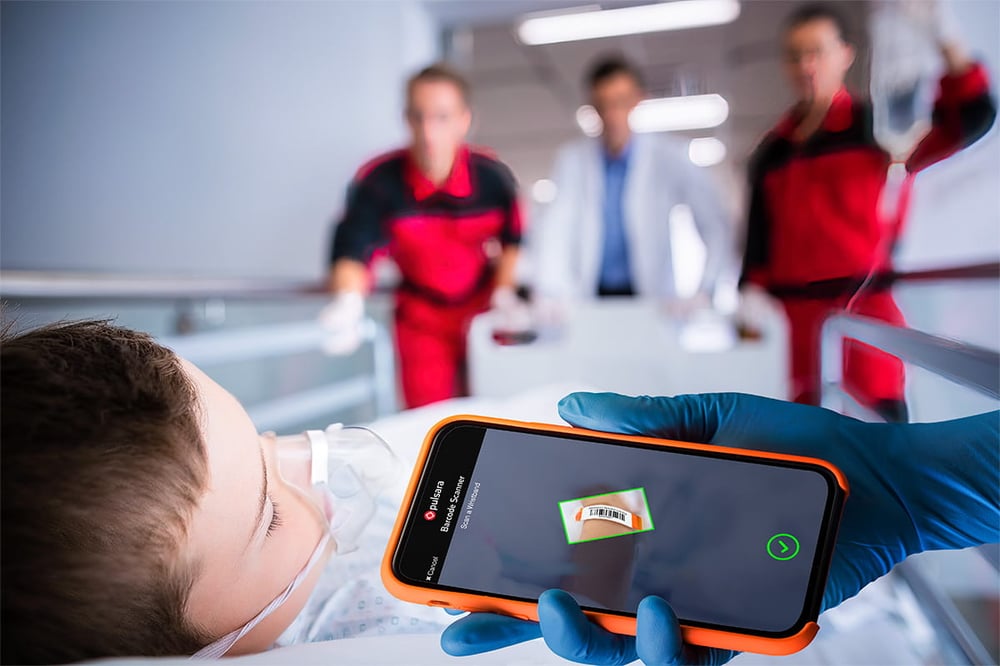
Special Events and Mass Gatherings
At special events like a concert or athletic event, first aid stations can put a wristband on each patient they treat. If a patient needs to be transported, the responding EMS agency and the receiving hospital can instantly see what care has been provided. For those who can be treated on scene, the provider simply stops the case, and the patient is added to the record of care. All providers have visibility into how many patients were treated during the event, what the outcome was, and where they went.
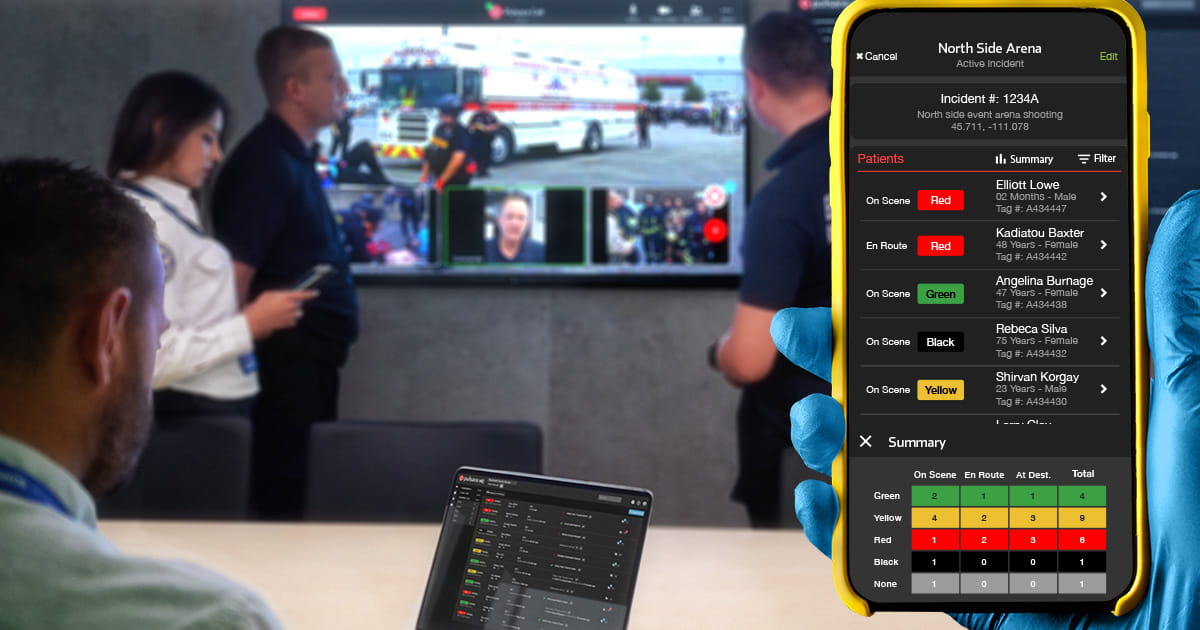
Mass Casualty Incidents
During large-scale events, scanning patient wristbands with Pulsara enables providers to quickly account for each patient involved in the incident. Responders from any organization can scan a patient's wristbands to see their existing information and pick up where other providers left off. This workflow makes it simple to identify and transport patients to the most appropriate receiving facility, in coordination with Incident Command.
Providers can see an incident overview summary to quickly understand how many patients of each severity level are involved and what their current status is. Hospitals will also receive notifications about incoming patients, allowing them to prepare and respond accordingly.
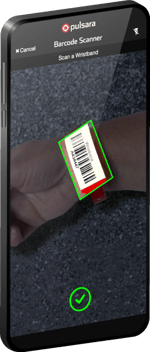
Why Use Patient Wristbands?
Interoperability
Continuity of Care
Patient Tracking
Mutual Aid Made Simple
Providers from different organizations scan each patient’s wristband to join their Pulsara channel. Everyone can instantly work together on the same communication channel.
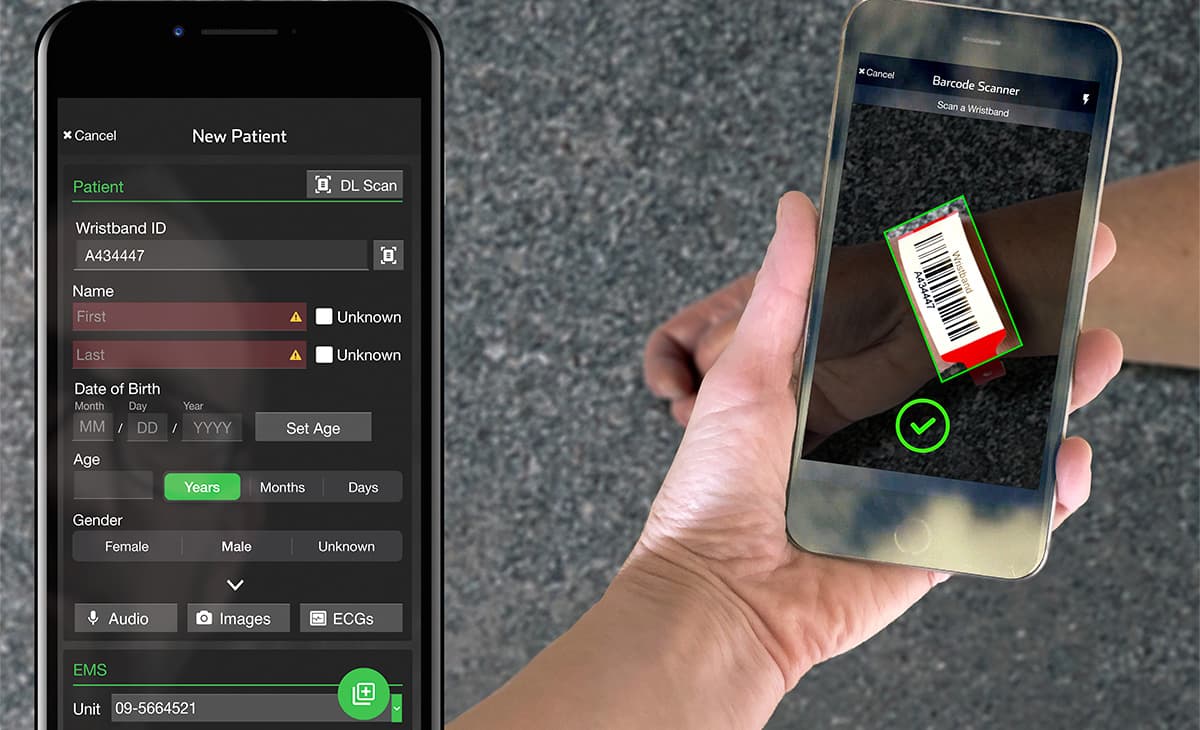
Continuity of Care
As patients move from initial treatment to comprehensive care, they may be passed from responder to responder and from one organization to another. Each exchange risks losing critical information. But when a Pulsara channel is created and linked to the patient’s wristband, every provider who scans their band and contributes to their care sees the entire conversation.
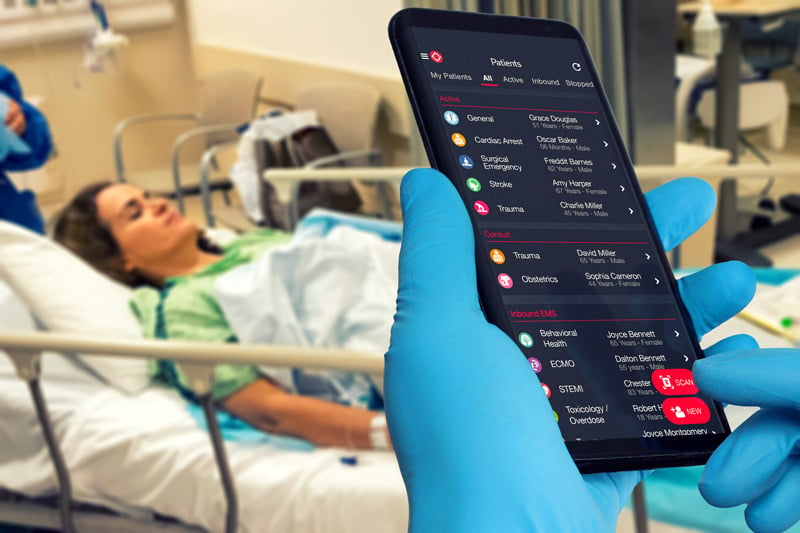
Track Patient Movement
During special events or mass casualty scenarios, wristbands scanned into Pulsara provide everyone on the care team with instant intel about how many patients are tied to the event, how critical they are, where they ended up, and how they got there. Pulsara tracks the movement of all patients associated with the Incident, from first medical contact to reunification.
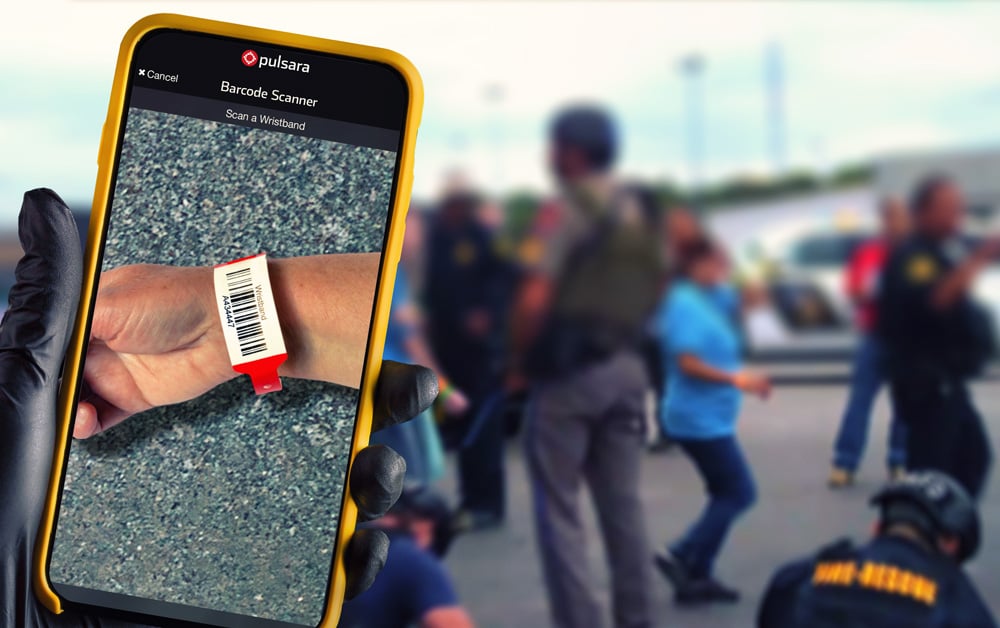
Patient Wristband Integration
The Pulsara + PDC integration offers serialized, barcoded PDC wristbands optimized for Pulsara and emergency response.

“When it comes to any solution built for communication and patient logistics, it has to work in both blue skies and gray skies. Pulsara is that scalable tool that can be used for the everyday patient but also for the large-scale disaster. Adding a statewide or region-wide wristband to our network escalates the power of the platform to solve problems healthcare and emergency management have been wrestling with forever."
Joey Branton
Senior Vice President, Strategic Initiatives
CONTACT
1627 West Main Street
Suite #229
Bozeman, MT 59715
Phone: +1 877-903-5642
Resources
© 2026 Pulsara


